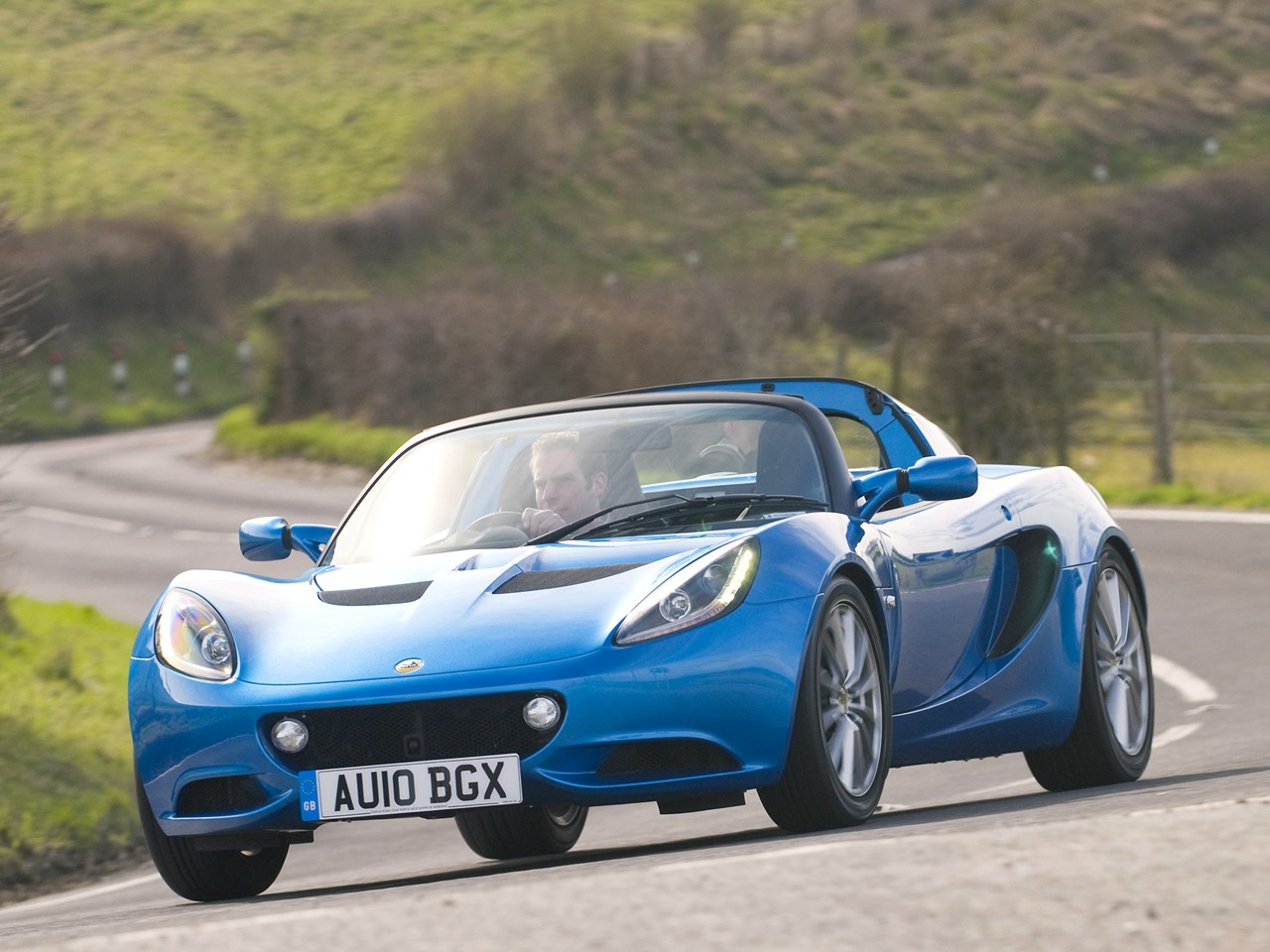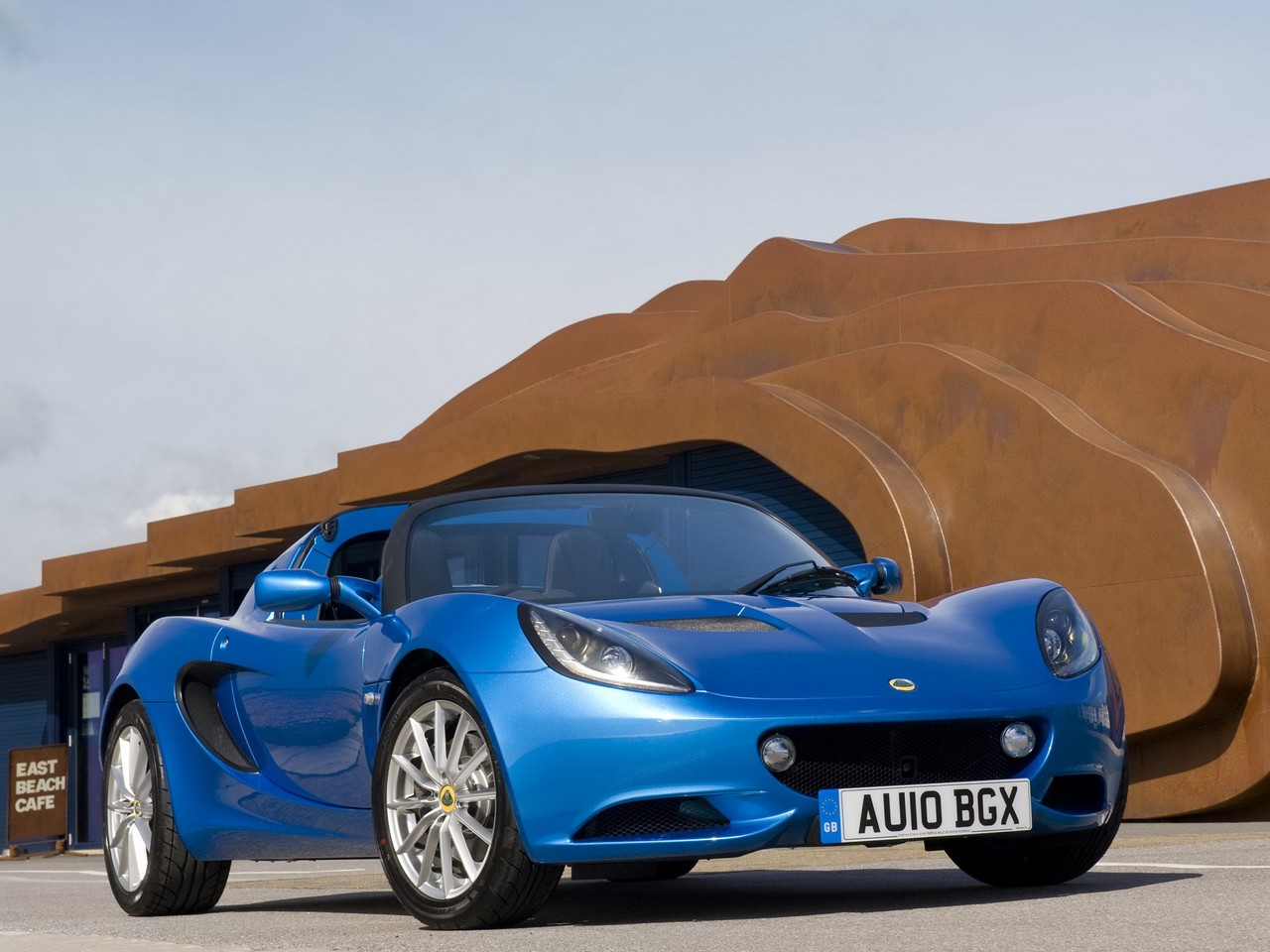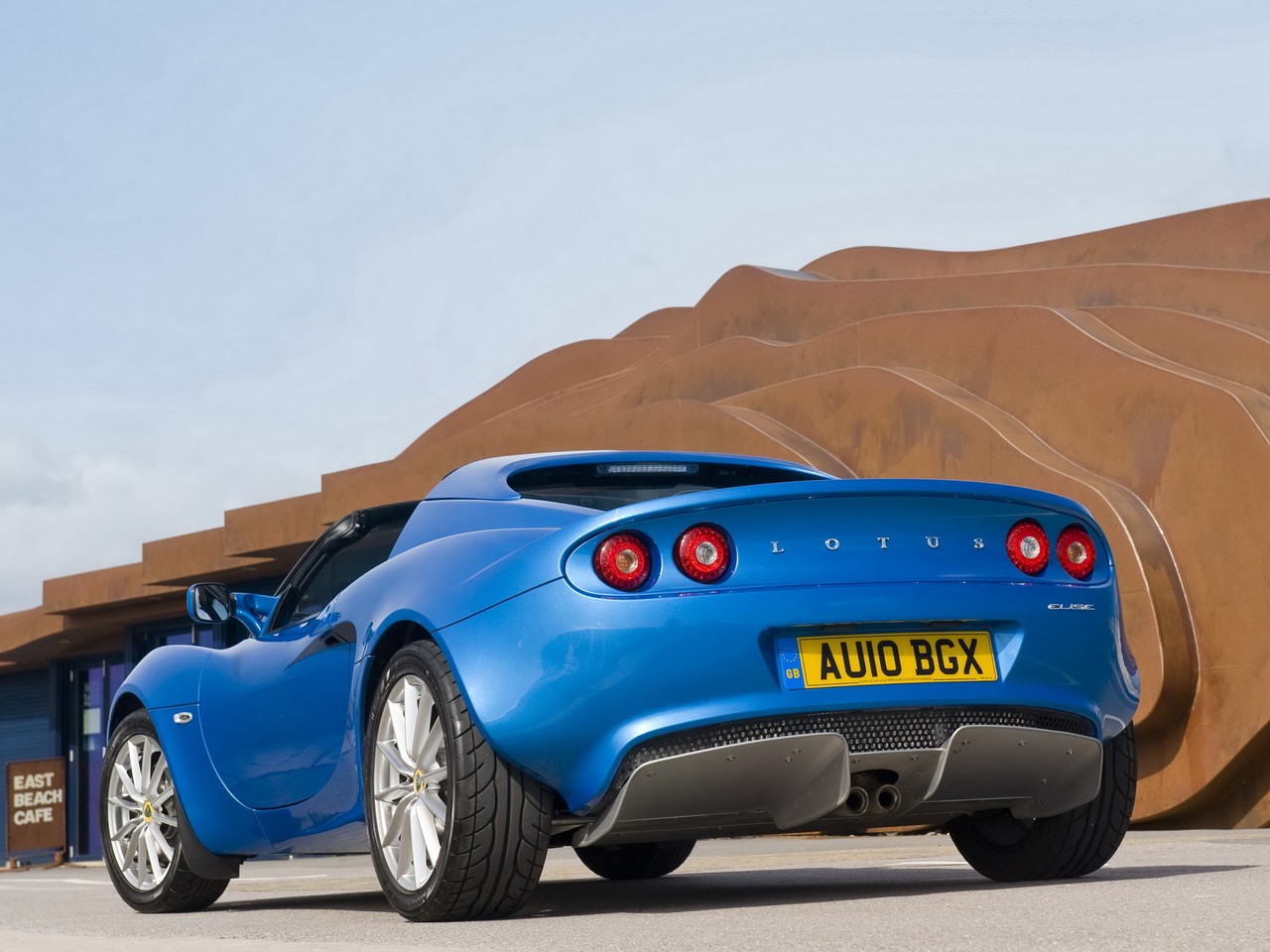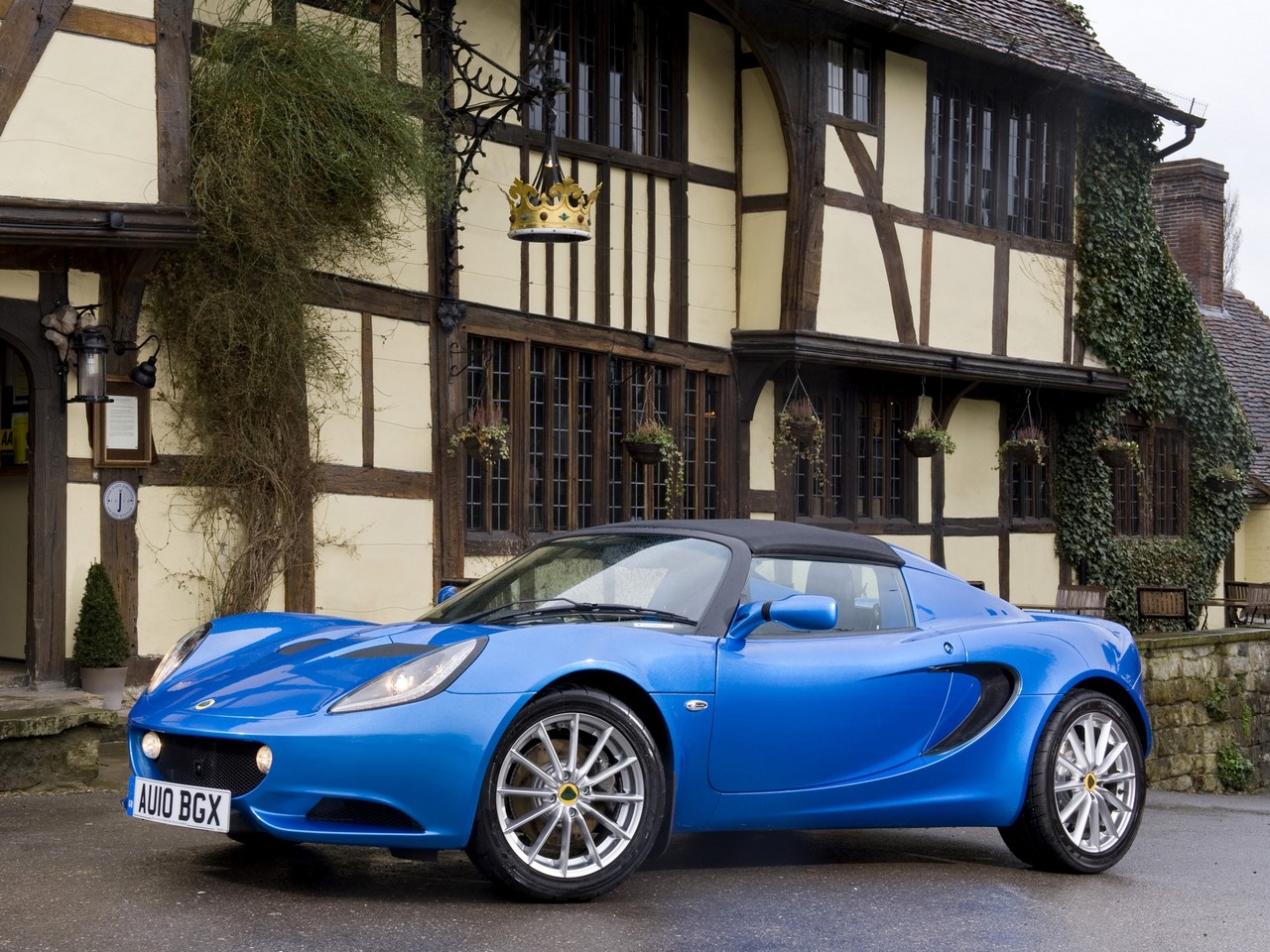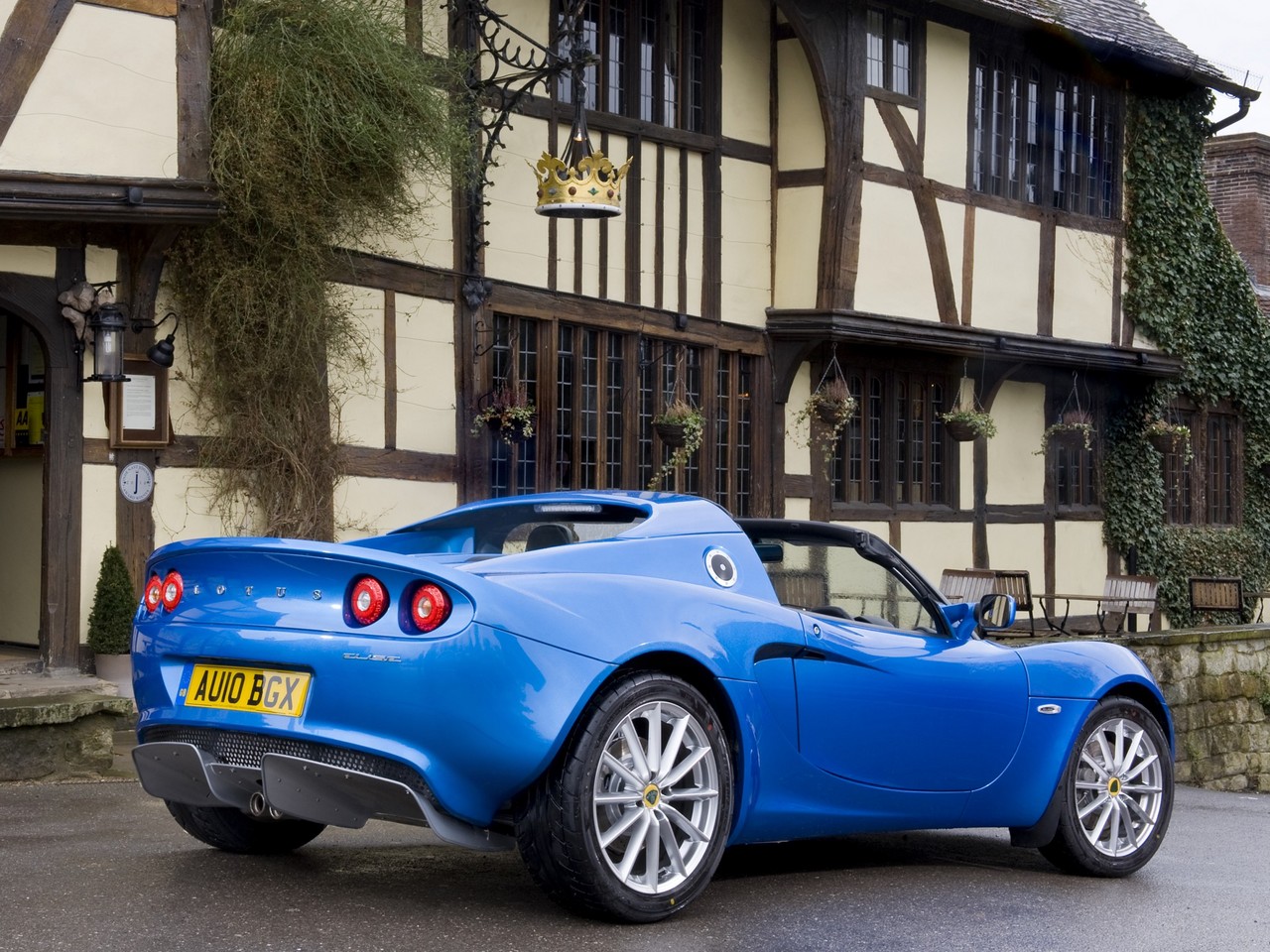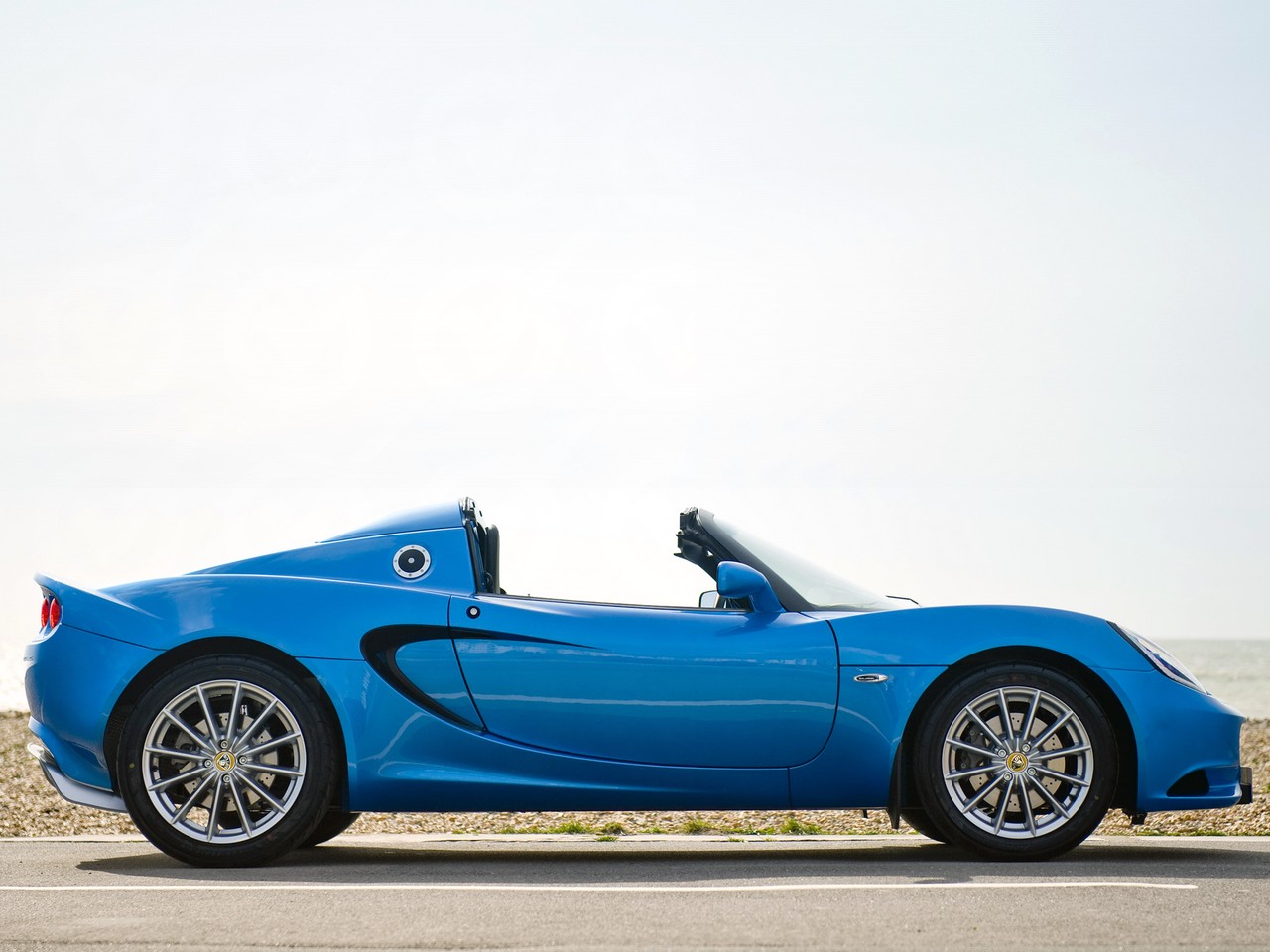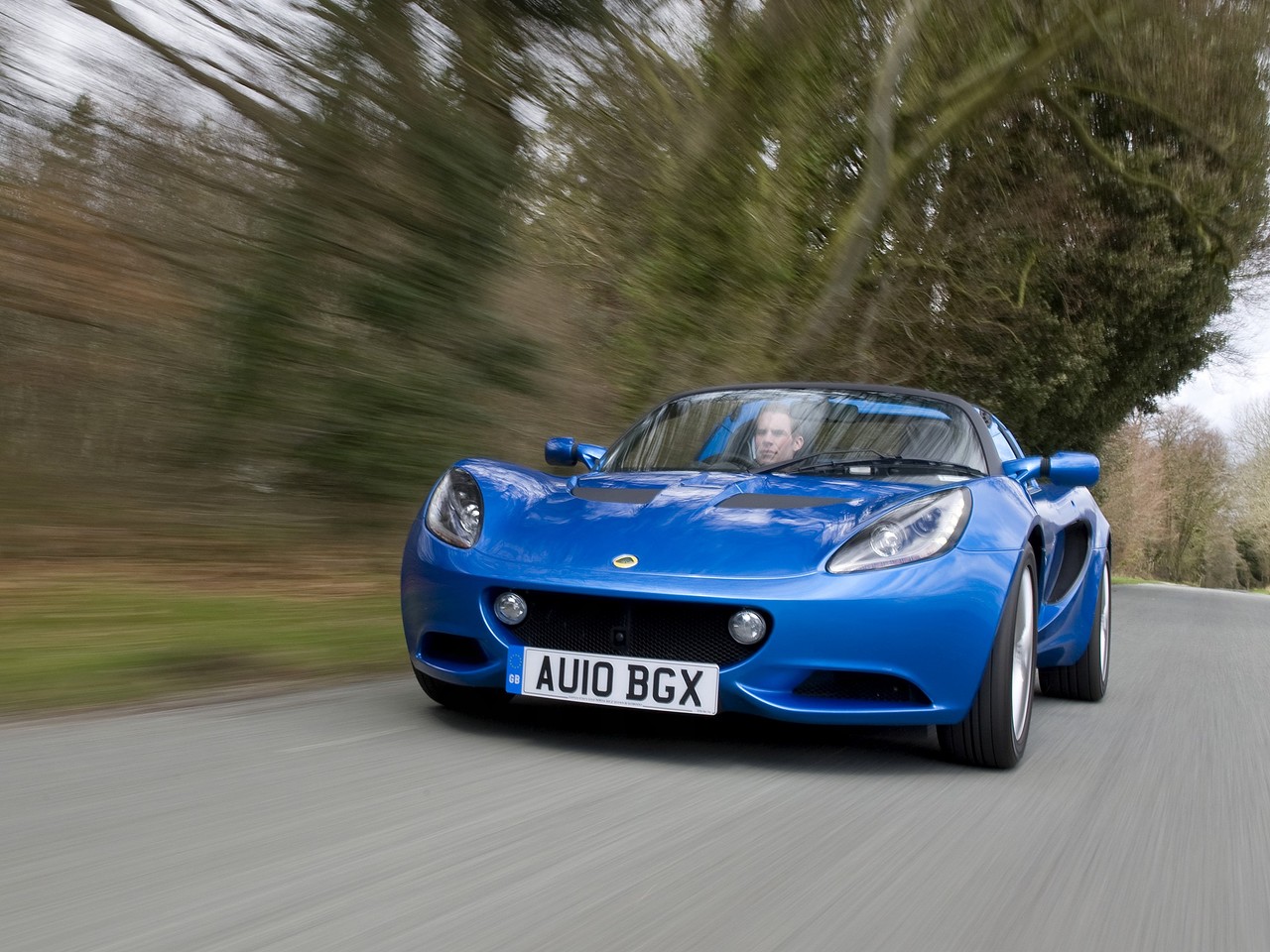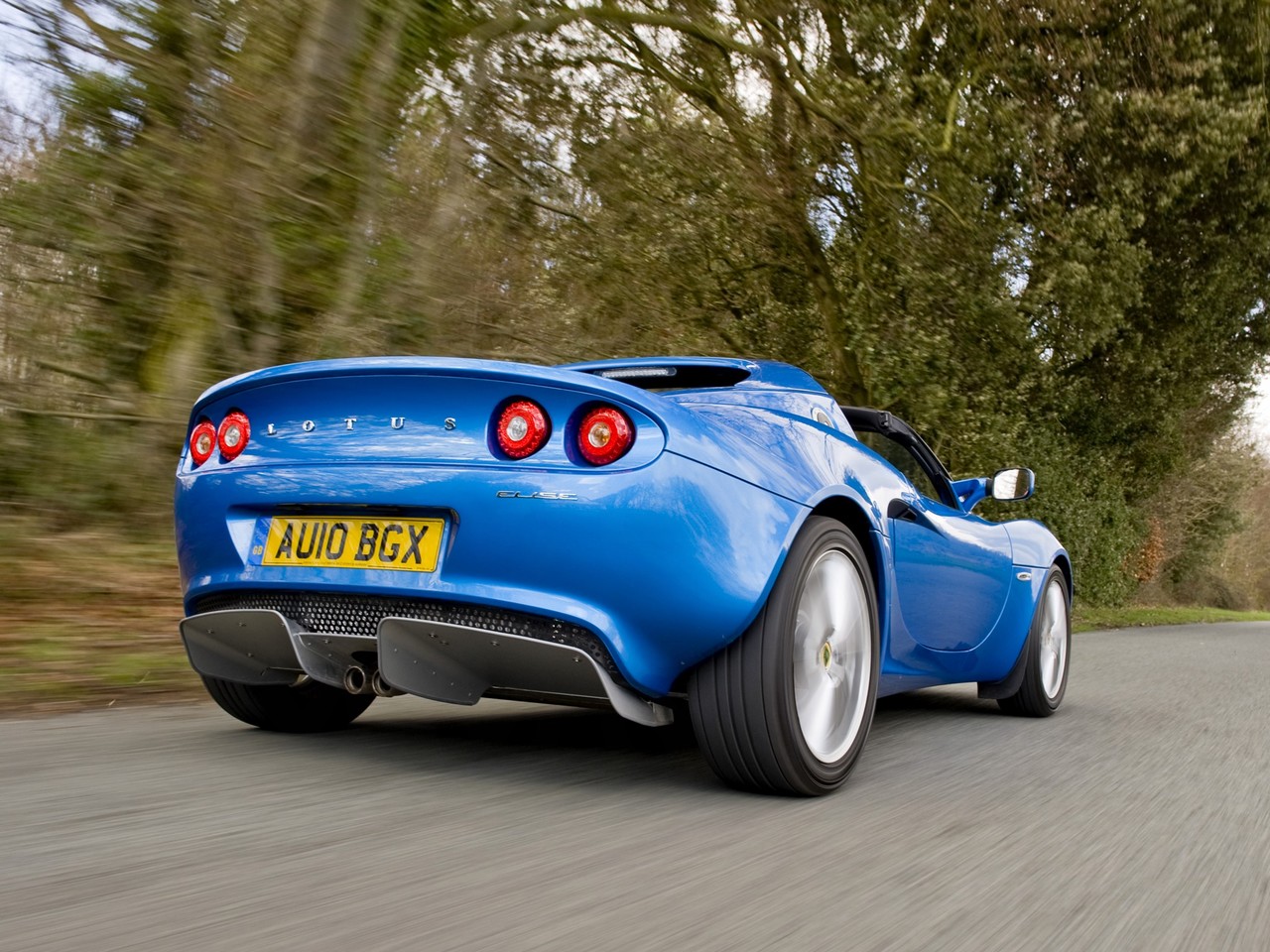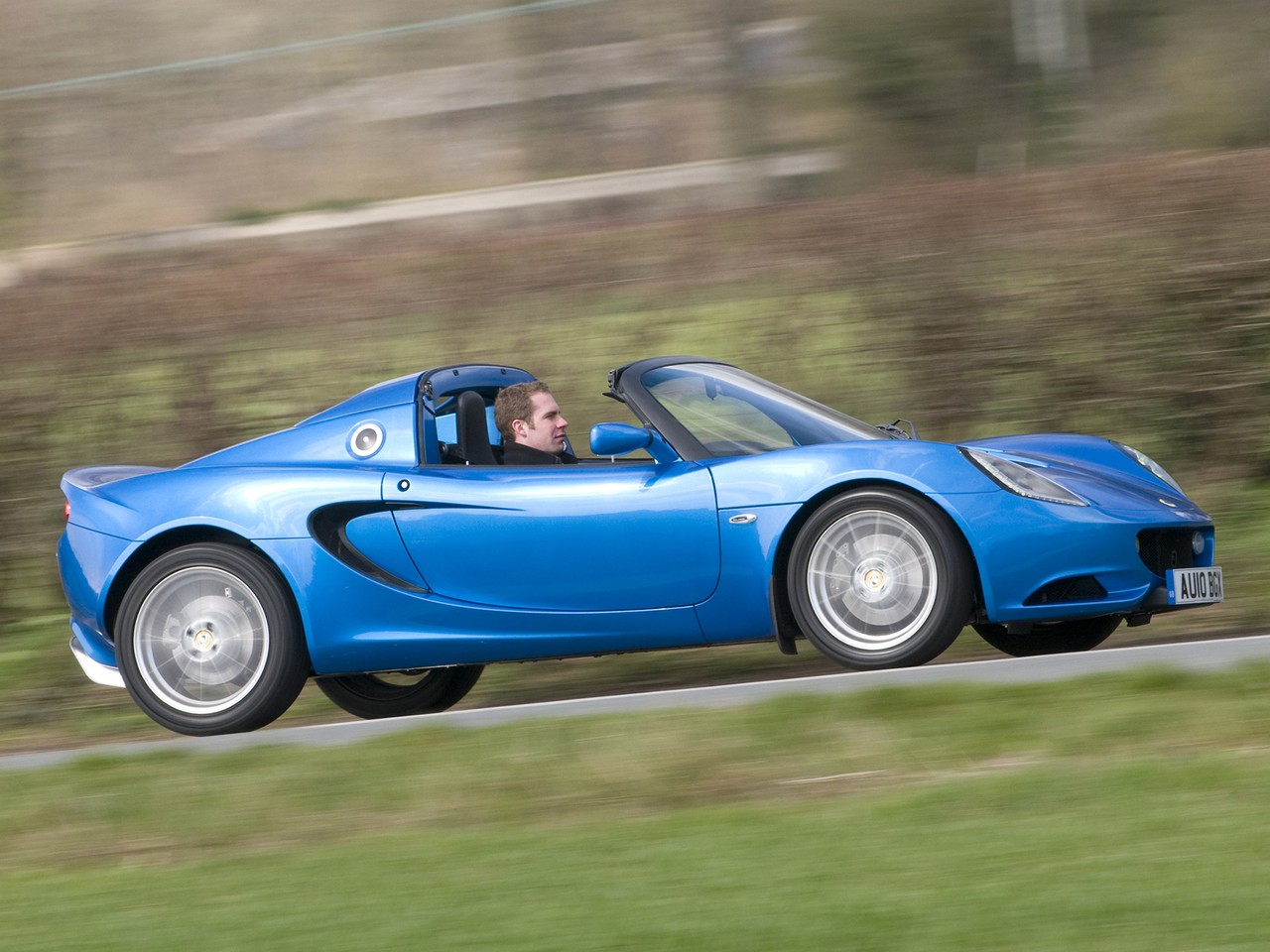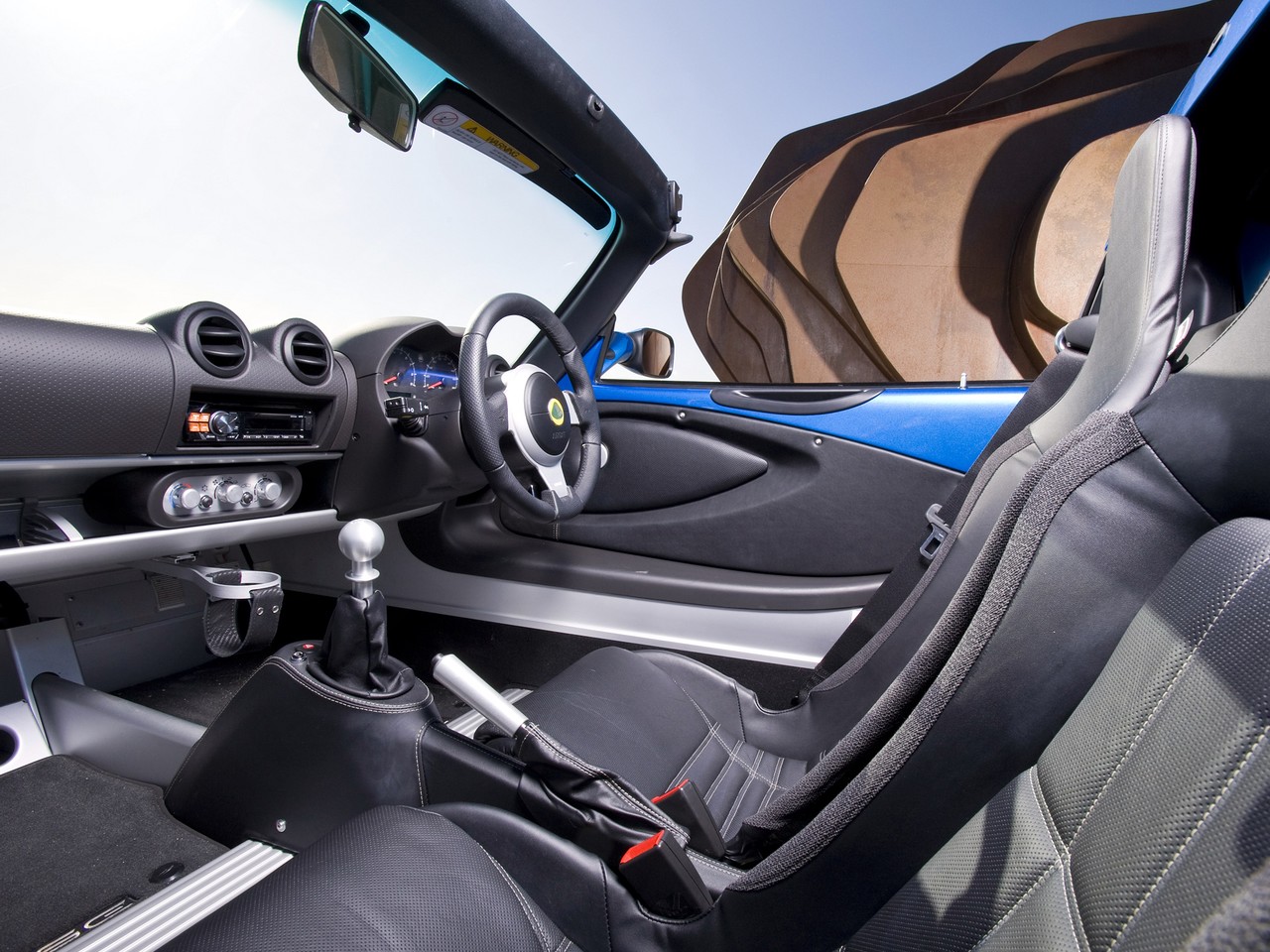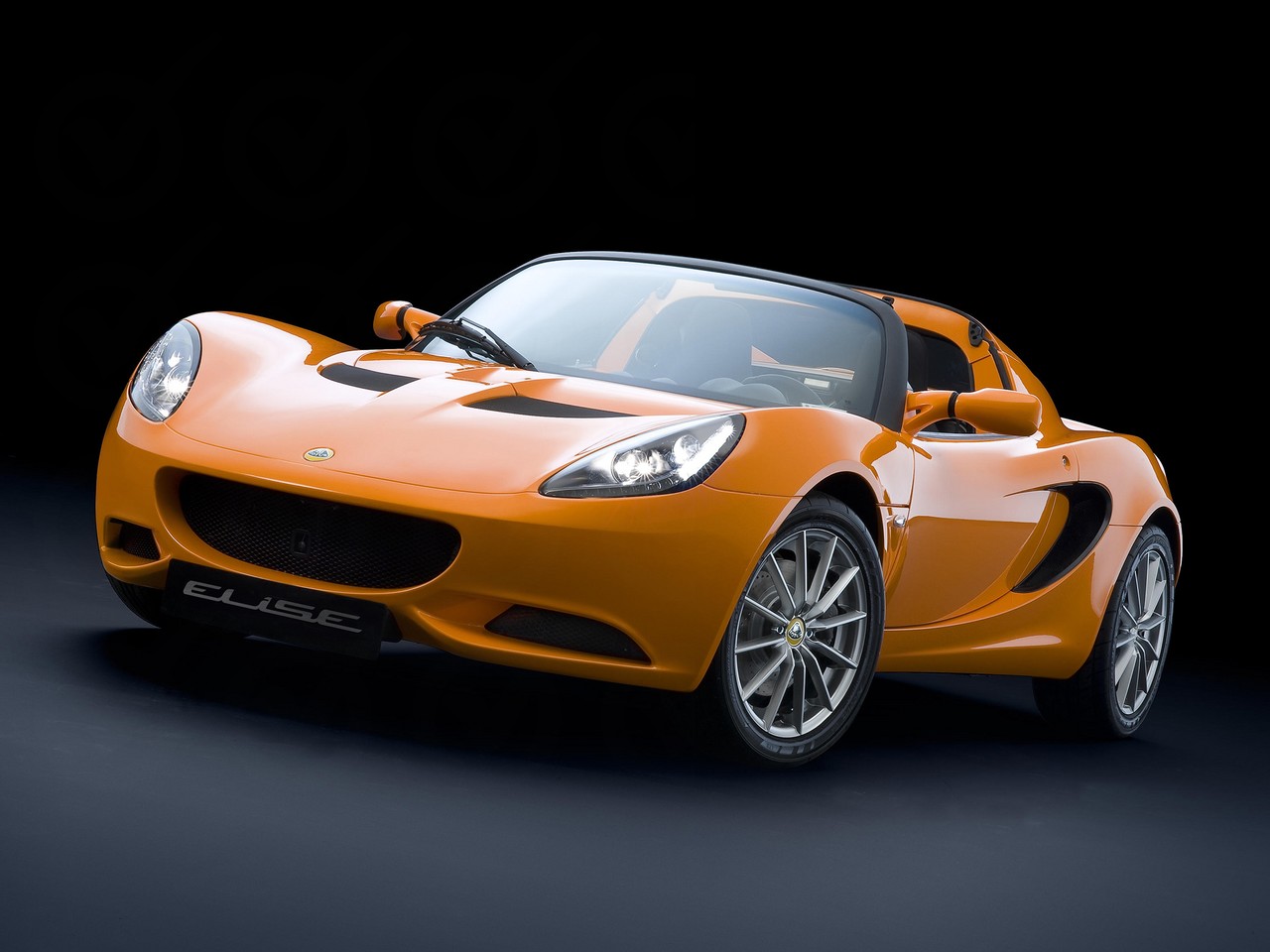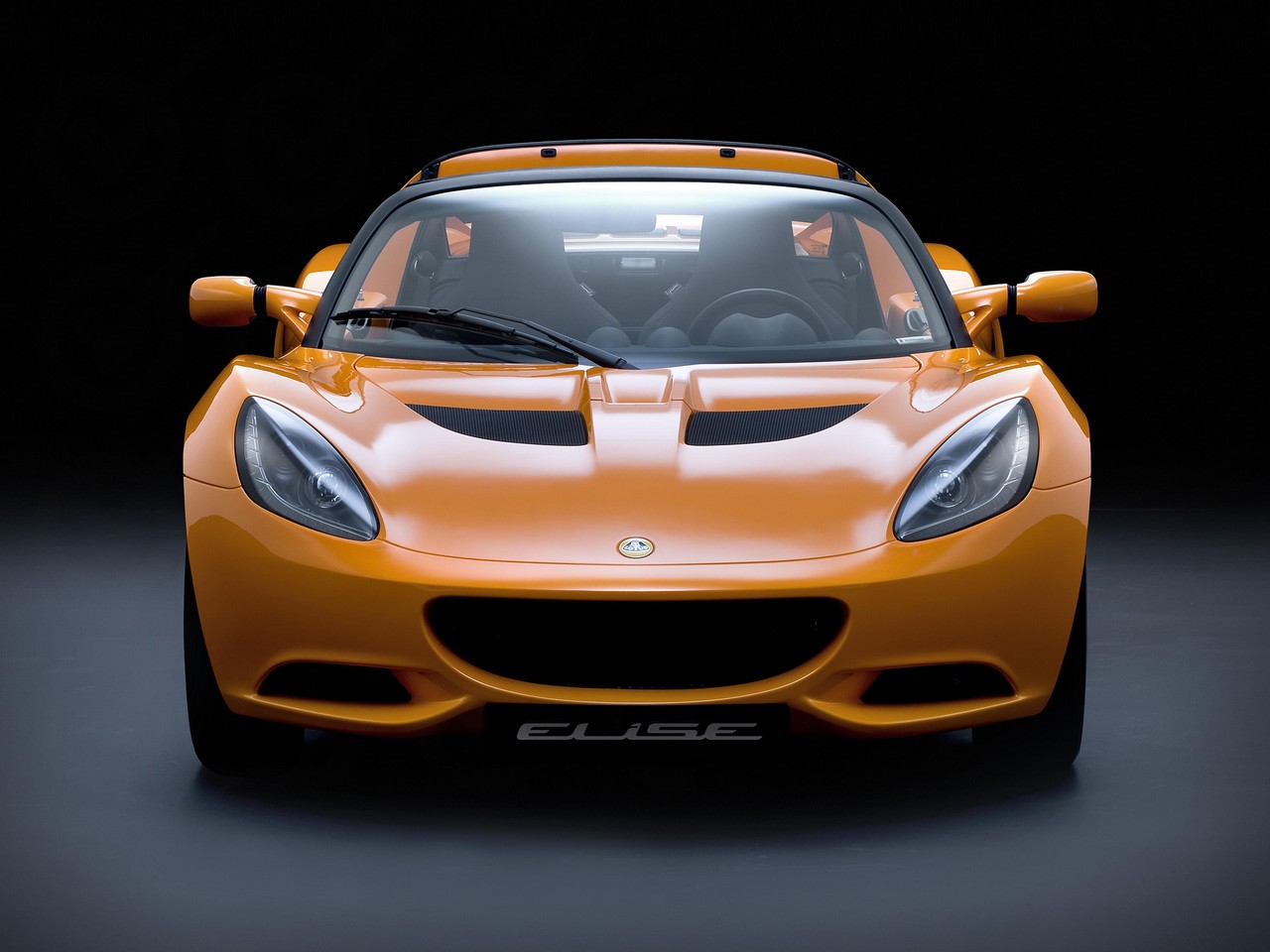
- Lightweight, agile chassis
- Outstanding dynamics
- Excellent steering feel
- Fun to drive
- Track-oriented design brings shortcomings: cramped and noisy interior
- Underwhelming 1.6-litre petrol engine
- Limited features
Overview
Released in April 2010, the Lotus Series III Elise was a mid-engined, two-seat roadster with a removable soft-top roof. Manufactured in Norfolk, England, the rear-wheel drive Series III Elise was not an entirely new model, but an update of the Series II Elise .
Like its Series II predecessor, the Series III Elise continued with the R and SC variants which were powered by Toyota’s 1.8-litre naturally aspirated 1ZZ-FE and supercharged 2ZZ-GE engines, respectively. The Series III Elise range, however, introduced new ‘1.6’ variants which were powered by Toyota’s 1.6-litre 1ZR-FAE engine and had a close-ratio six-speed manual transmission.
Compared to its predecessor, however, the Series III Elise could be identified by its new headlights with LED running lights and indicators, revised front mask (including a new front bumper and aluminium mesh covering for the cooling apertures and access panel), ‘twin-spine’ engine cover, ‘Elise’ graphic incorporated into LED side indicator lights and new rear diffuser and bumper.
Engines: 1ZR-FAE, 1ZZ-FE and 2ZZ-GE
Of the engines,
- The 1.6-litre 1ZR-FAE engine had a die-cast aluminium alloy block, an alloy cylinder head, double overhead camshafts, four valves per cylinder, continuously variable intake and exhaust valve timing (Toyota’s ‘dual VVT-i’), ‘Valvematic’ fuel/air mix control through continuous adjustment of lift volume and timing, and a compression ratio of 10.7:1;
- For the Elise R, the 1.8-litre naturally aspirated 1ZZ-FE engine had an aluminium alloy block and cylinder head, iron cylinder liners, fracture-split forged powder metal connecting rods, double overhead camshafts (chain-driven), four valves per cylinder, variable intake valve timing and a compression ratio of 10.5:1.
- For the Elise SC, the 1.8-litre supercharged 2ZZ-GE engine had an aluminium alloy block and cylinder head, aluminium silicon cylinder liners, double overhead camshafts (chain-driven), forged steel connecting rods, an air-to-air Roots supercharger four valves per cylinder, variable intake and exhaust valve timing with variable cam-phasing and lift (Toyota’s ‘VVTL-i’) and a compression ratio of 11.5:1.
Dimensions and suspension
With its epoxy bonded, extruded aluminium chassis, the Series III Lotus Elise was 3785 mm long, 1719 mm wide, 1117 mm tall and had a 2300 mm long wheelbase, while kerb weight for the 1.6 variants was 876 kg.
The Elise had double wishbone front suspension front and rear with specially-developed Bilstein shock absorbers.
2012: Elise S replaces Elise SC
In April 2012, the SC was replaced by the S variant which was powered by Toyota’s 2ZR-FE engine fitted with an Eaton Twin Vortices Supercharger (TVS) and an air-to-water intercooler. The 2012 Elise S also had revised gear ratios, including a taller sixth gear, for improved fuel economy. Visually, the Elise S (photographed in yellow, above) could be identified by its new headlights with integrated LED daytime running lights, instrument dials with blue illumination and two-tone white and black interior.
| Variant | Years | Engine | Trans. | Peak power | Peak torque |
|---|---|---|---|---|---|
| 1.6 | 2010-21 | 1.6-litre petrol I4 | 6sp man. | 100 kW at 6800 rpm | 160 Nm at 4400 rpm |
| Club Racer | 2012-221 | 1.6-litre petrol I4 | 6sp man. | 100 kW at 6800 rpm | 160 Nm at 4400 rpm |
| R | 2010-11 | 1.8-litre petrol I4 (1ZZ-FE) | 6sp man. | 141 kW at 7800 rpm | 181 Nm at 6800 rpm |
| SC | 2010-12 | 1.8-litre super-charged petrol I4 (2ZZ-GE) | 6sp man. | 163 kW at 8000 rpm | 212 Nm at 5000 rpm |
| S | 2012-21 | 1.8-litre super-charged petrol I4 (2ZZ-GE) | 6sp man. | 163 kW at 6800 rpm | 250 Nm at 4600 rpm |
| S Club Racer | 2014-21 | 1.8-litre super-charged petrol I4 (2ZZ-GE) | 6sp man. | 163 kW at 6800 rpm | 250 Nm at 4600 rpm |
Safety equipment
Standard safety equipment for the Series III Elise included dual front airbags and ABS. From August 2011, traction control was fitted as standard, while the 1.6 variant was further equipped with electronic stability control from this time.
Brakes
The Elise had 282 mm vented and cross-drilled cast iron brake discs front and rear with two-piston AP Racing front calipers and single-piston Brembo rear calipers.
Features: Series III Elise
Standard features for the Series III Elise included alloy wheels, a four speaker stereo with CD player, air conditioning, contoured sports seats, driving lights, leather-wrapped steering wheel, remote central locking, power windows, carpeted floors, a remote boot release, an alarm and immobiliser.
August 2011 update: Sports Pack as standard
In August 2011, prices were cut as Ateco Automotive became the distributor of Lotus vehicles in Australia and a previously optional Sports Pack was made standard. The Sports Pack included traction control, twin oil-coolers, Bilstein sports dampers, Y-spoke forged alloy wheels and ProBax sports seats. For the 1.6 variant, the Sports Pack also included electronic stability control.
Elise Club Racer
Based on the Elise 1.6, the limited-run Club Racer variants could be identified by their ‘CR’ badges and lightweight anthracite anodized six-spoke alloy wheels with Yokohama AD07 LTS tyres, while paint finishes consisted of Elite Yellow, Carbon Grey, Sky Blue and Old English White.
Inside, the Club Racer featured contoured sports seats which were finished with lightweight microfibre ‘comfort pads’ that provided additional bolstering, while the headrests had hand-embroidered ‘CR’ logos. Furthermore, the exterior paint colours were applied to the transmission tunnel to bisect the cockpit, there was an anthracite anodized gearknob and handbrake sleeve, and unique anodized aluminium flooring.
Australian deliveries of the 2012 Elise Club Racer were limited to ten (10) units.
Elise S Club Racer
In June 2014, the Elise S Club Racer was released in Australia. Compared to the standard Elise S, the Elise S Club Racer was 20 kg lighter, had Satin Black alloy wheels, high performance Yokohama Neova tyres, sports suspension and an adjustable front anti-roll bar. The Elise S Club Racer also had a ‘Sport’ setting for its Dynamic Performance Management (DPM) system.
Brochure
Related links
